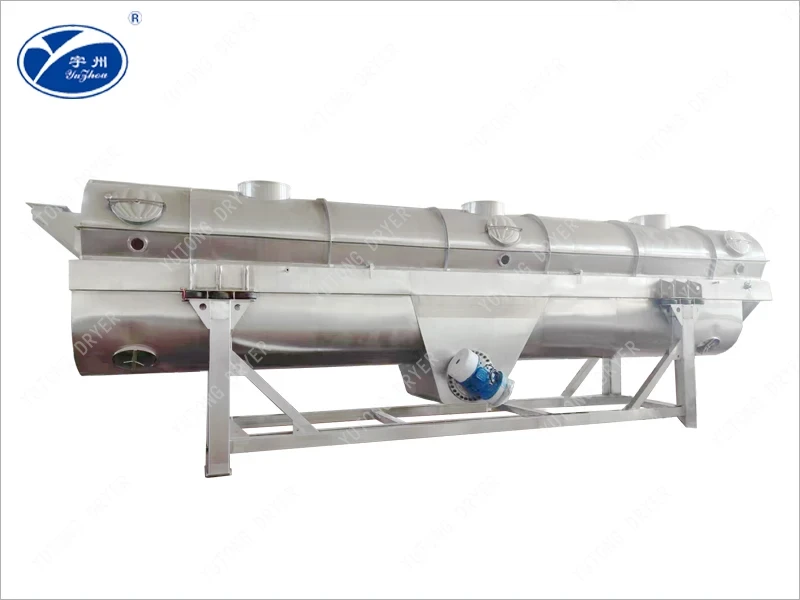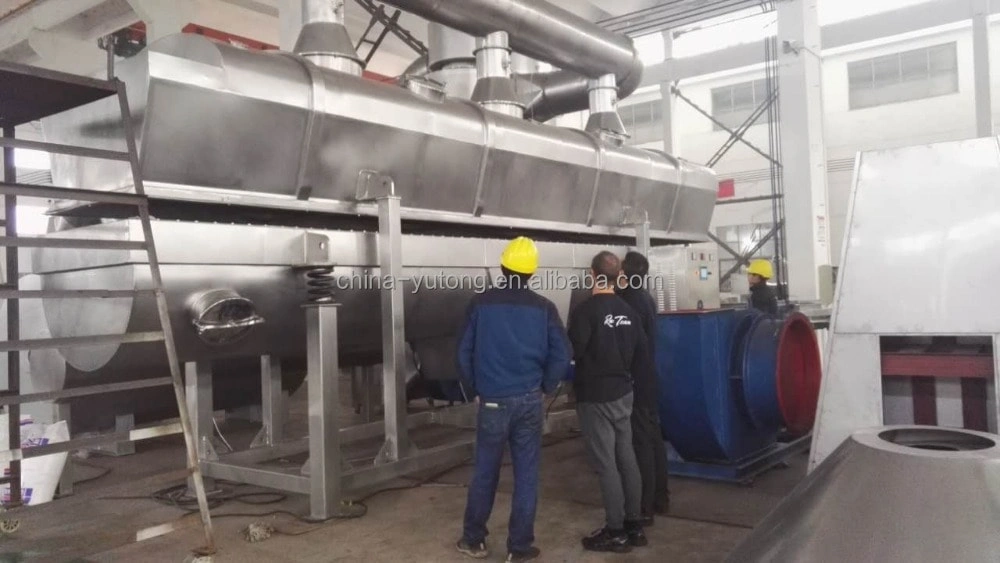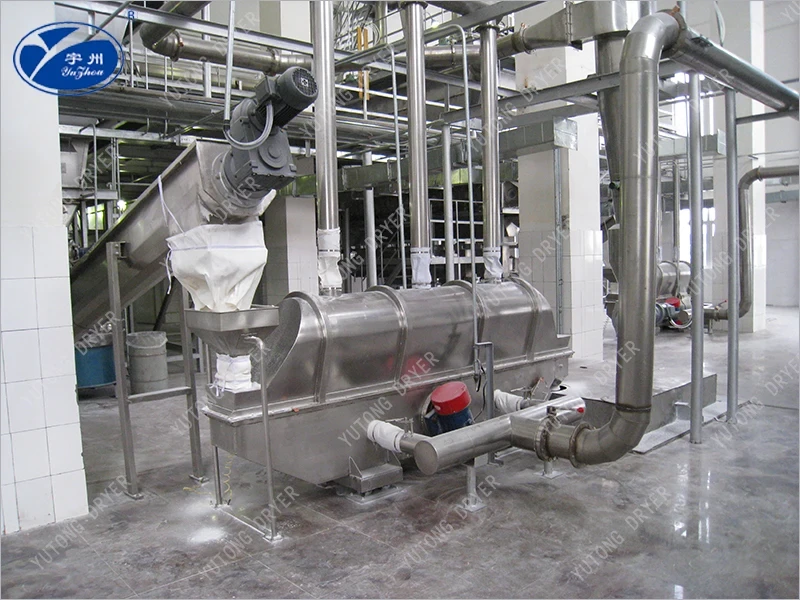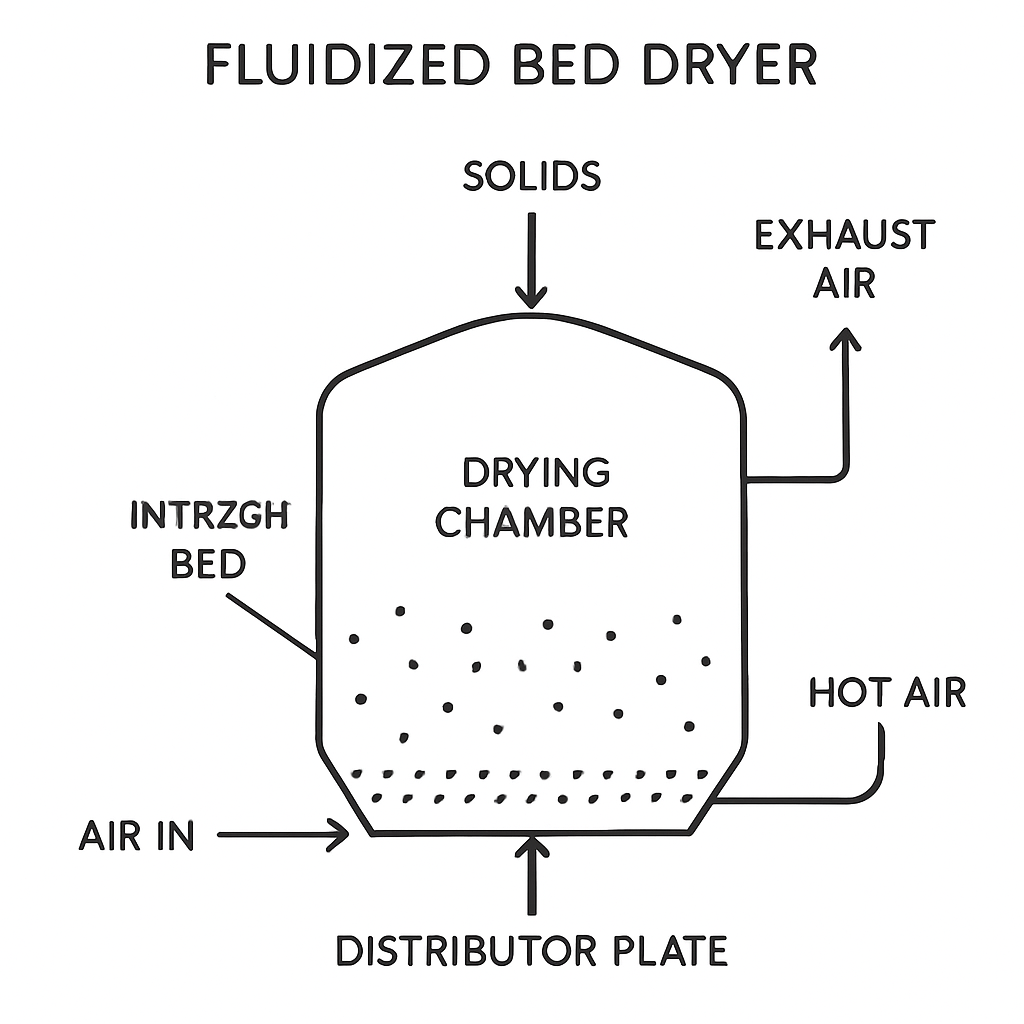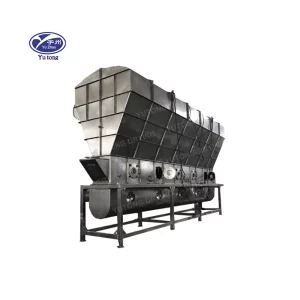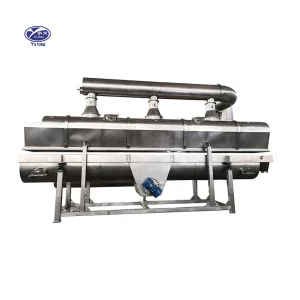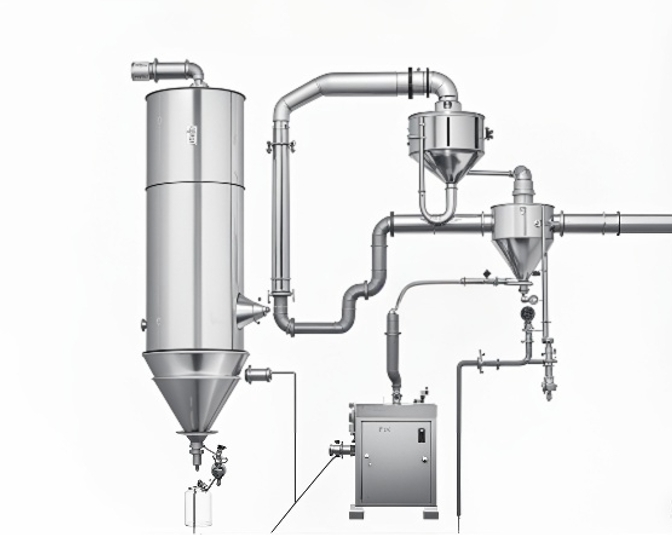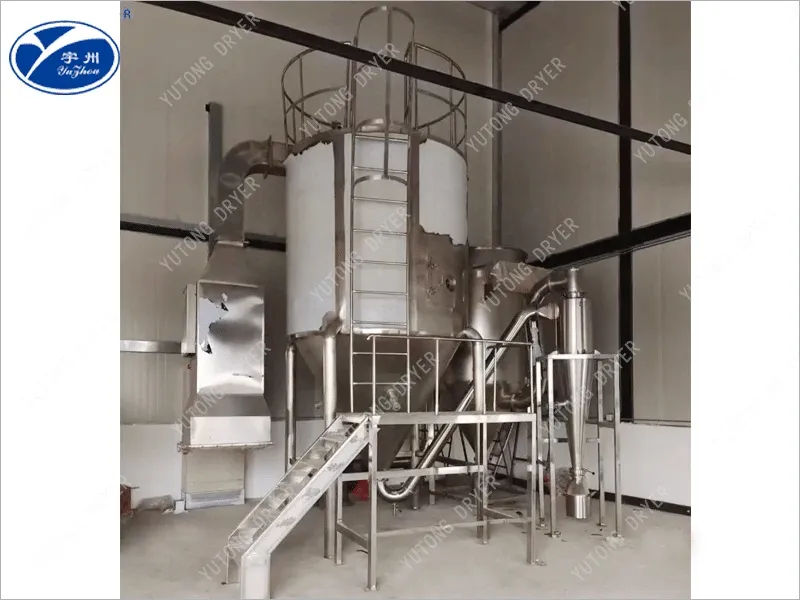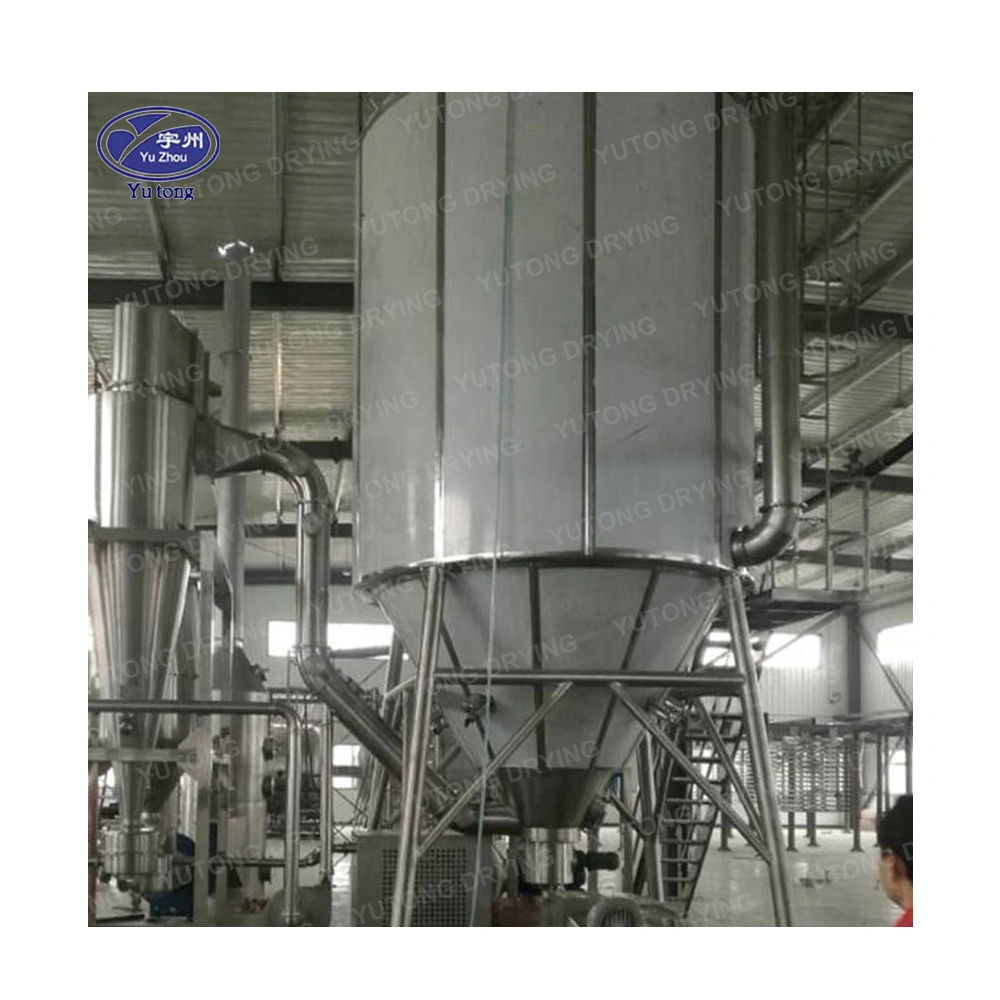
Tabla de contenido
Detalle del producto
Understanding Fluidized Bed Drying Techniques
Understanding fluidized bed drying techniques can greatly enhance the efficiency and quality of industrial drying processes. This article aims to explore the principles, benefits, and applications of fluidized bed technology in various industries. By understanding how fluidized bed drying works, you can make informed decisions about whether it’s the right drying system for your needs.
Fluidized bed drying is a process used to dry materials like powders and granules. It involves suspending solid particles in an upward-flowing stream of hot air or gas. Este creates a fluid-like state, allowing for efficient heat and mass transfer between the drying medium and the materials being dried.
How Does Fluidized Bed Drying Work?
In fluidized bed drying, the material to be dried is placed in a perforated or slotted bed. Hot air is blown through the bed at a high velocity, causing the particles to become suspended and behave like a fluid. This process increases the contact area between the hot air and the particles, leading to faster and more uniform drying.
Componentes clave de un secador de lecho fluidizado
Un secador de lecho fluidizado típico consta de varios componentes clave:
- Air Distributor: Ensures uniform distribution of air across the material bed.
- Heater: Heats the air before it enters the bed.
- Exhaust System: Removes moisture-laden air from the dryer.
- Control Systems: Regulate airflow, temperature, and other parameters to optimize the proceso de secado.
Benefits of Fluidized Bed Drying
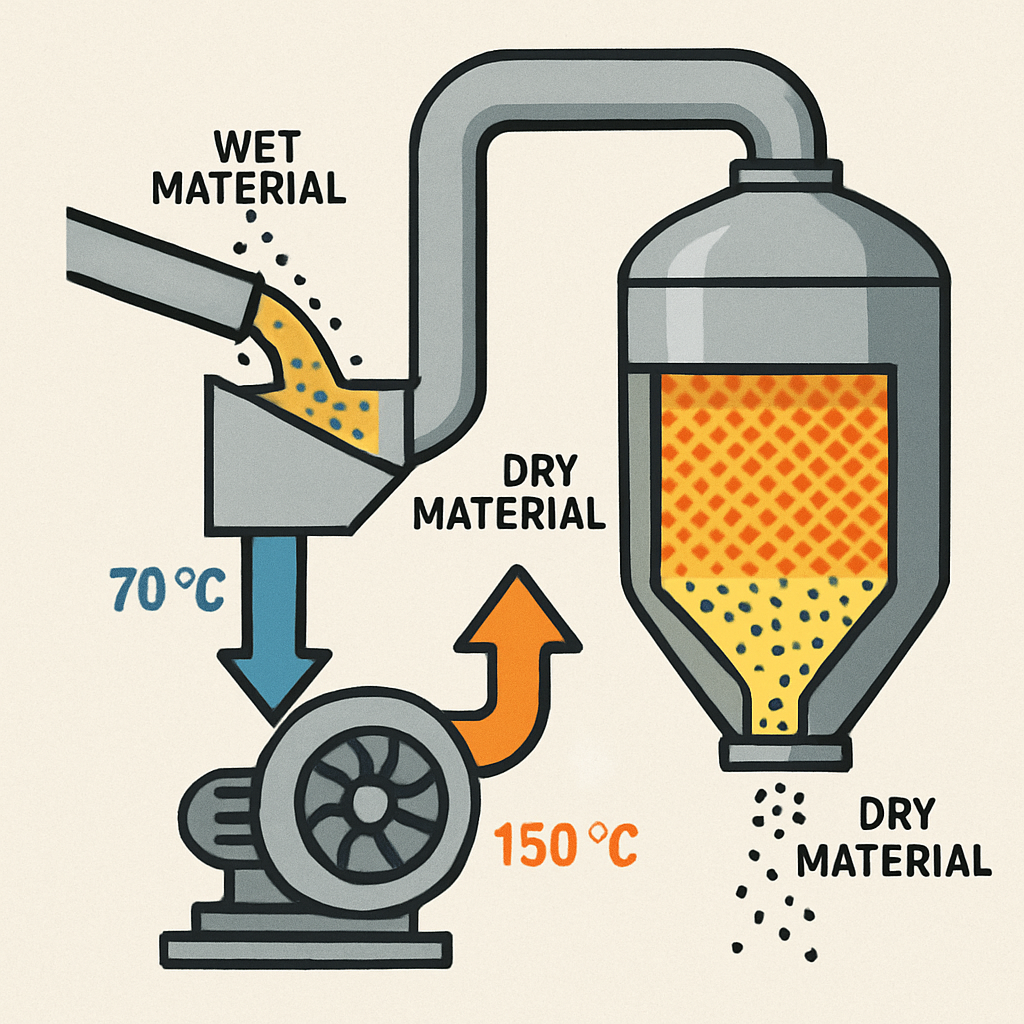
Enhanced Drying Efficiency
The fluidized state allows for excellent heat and mass transfer, significantly reducing drying time. This efficiency results in lower energy consumption and operational costs.
Secado uniforme
The movement of particles within the fluidized bed ensures that each particle is evenly exposed to the hot air, resulting in uniform drying. This is especially beneficial for materials that are sensitive to temperature variations.
Escalabilidad
Fluidized bed dryers can be easily scaled to meet the production demands of different industries. Whether you need a small batch dryer or a large industrial system, fluidized bed technology can be adapted to fit your needs.
Versatilidad
This drying technique can handle a wide range of materials, from fine powders to coarse granules. It is widely used in industries such as pharmaceuticals, food processing, and chemicals.
Applications of Fluidized Bed Drying
Fluidized bed drying is used across various industries for different applications:
Industria farmacéutica
In the pharmaceutical industry, fluidized bed dryers are used to dry powders, granules, and even wet mass. The uniform drying ensures consistent product quality, which is crucial for pharmaceutical products.
Procesamiento de alimentos
In food processing, fluidized bed drying is used to dry cereals, vegetables, and other food products. The gentle drying process helps maintain the nutritional and sensory qualities of the food.
Industria química
For the chemical industry, fluidized bed drying is used to dry a variety of chemicals, ensuring they meet the desired specifications. The process can handle heat-sensitive materials without degrading their properties.
Choosing the Right Fluidized Bed Dryer
When selecting a fluidized bed dryer, consider the following factors:
Características del material
Understand the properties of the material you need to dry. Factors such as particle size, moisture content, and thermal sensitivity can affect the choice of dryer.
Requisitos de producción
Consider your production scale and capacity needs. Choose a dryer that can handle your volume requirements without compromising on efficiency or quality.
Eficiencia energética
Look for dryers with energy-saving features. Efficient dryers can significantly reduce operational costs and environmental impact.
Control Systems
Advanced control systems can enhance the precision and reliability of the drying process. Ensure the dryer you choose has the necessary controls to meet your quality standards.
Consideraciones de mantenimiento y seguridad
Proper maintenance and safety protocols are essential for the efficient operation of fluidized bed dryers:
Regular Maintenance
Schedule regular maintenance checks to ensure the dryer is functioning optimally. This includes inspecting components, cleaning air filters, and checking for wear and tear.
Safety Measures
Implement safety measures to prevent accidents. This includes ensuring proper ventilation, monitoring temperature and pressure levels, and training staff on safe operating procedures.
Conclusión
Fluidized bed drying is a versatile and efficient technique for drying various materials. By understanding its principles and applications, you can determine if it’s the right solution for your industrial drying needs. Whether you’re in pharmaceuticals, food processing, or chemicals, fluidized bed technology can enhance your drying process, leading to improved product quality and reduced costs.
Presupuesto
|
Modelo
|
Área de lecho fluidizado
(㎡) |
Temperatura del aire de entrada (P)
|
Temperatura de salida (°C)
|
Capacidad de vaporizar humedad (kg/h)
|
Motor de vibración
|
|
|
Modelo
|
Potencia en kW
|
|||||
|
ZDG3x0.30
|
0.9
|
70 a 140 |
40 a 70 |
20 ~ 35
|
YZS8-6
|
0.75×2
|
|
ZDG4.5×0.30
|
1.35
|
35 ~ 50
|
YZS10-6
|
0.75×2
|
||
|
ZDG4.5×0.45
|
2.025
|
50 ~ 70
|
YZS15-6
|
1.1×2
|
||
|
ZDG4.5×0.60
|
2.7
|
70 ~ 90
|
YZS15-6
|
1.1×2
|
||
|
ZDG6x0.45
|
2.7
|
80 ~ 100
|
YZS15-6
|
1.5×2
|
||
|
ZDG6x0.60
|
3.6
|
100 ~ 130
|
YZS20-6
|
1.5×2
|
||
|
ZDG6x0.75
|
4.5
|
120 ~ 170
|
YZS20-6
|
2.2×2
|
||
|
ZDG6x0.9
|
5.4
|
140 ~ 170
|
YZS30-6
|
2.2×2
|
||
|
ZDG7.5×0.6
|
4.5
|
130 ~ 150
|
YZS30-6
|
2.2×2
|
||
|
ZDG7.5×0.75
|
5.625
|
150 ~ 180
|
YZS40-6
|
3.0×2
|
||
|
ZDG7.5×0.9
|
6.75
|
160 ~ 210
|
YZS40-6
|
3.0×2
|
||
|
ZDG7.5x 1.2
|
9.0
|
200 ~ 280
|
YZS50-6
|
3.7×2
|
||
|
ZDG7.5x1.5
|
11.25
|
230 ~ 330
|
YZS50-6
|
3.7×2
|
||
|
ZDG8x 1.8
|
14.4
|
290 ~ 420
|
YZS75-6
|
5.5×2
|
||
Aplicaciones
Tiendas de materiales de construcción, plantas de fabricación, talleres de reparación de maquinaria, fábricas de alimentos y bebidas, granjas, comercio minorista, energía y minería, tiendas de alimentos y bebidas

